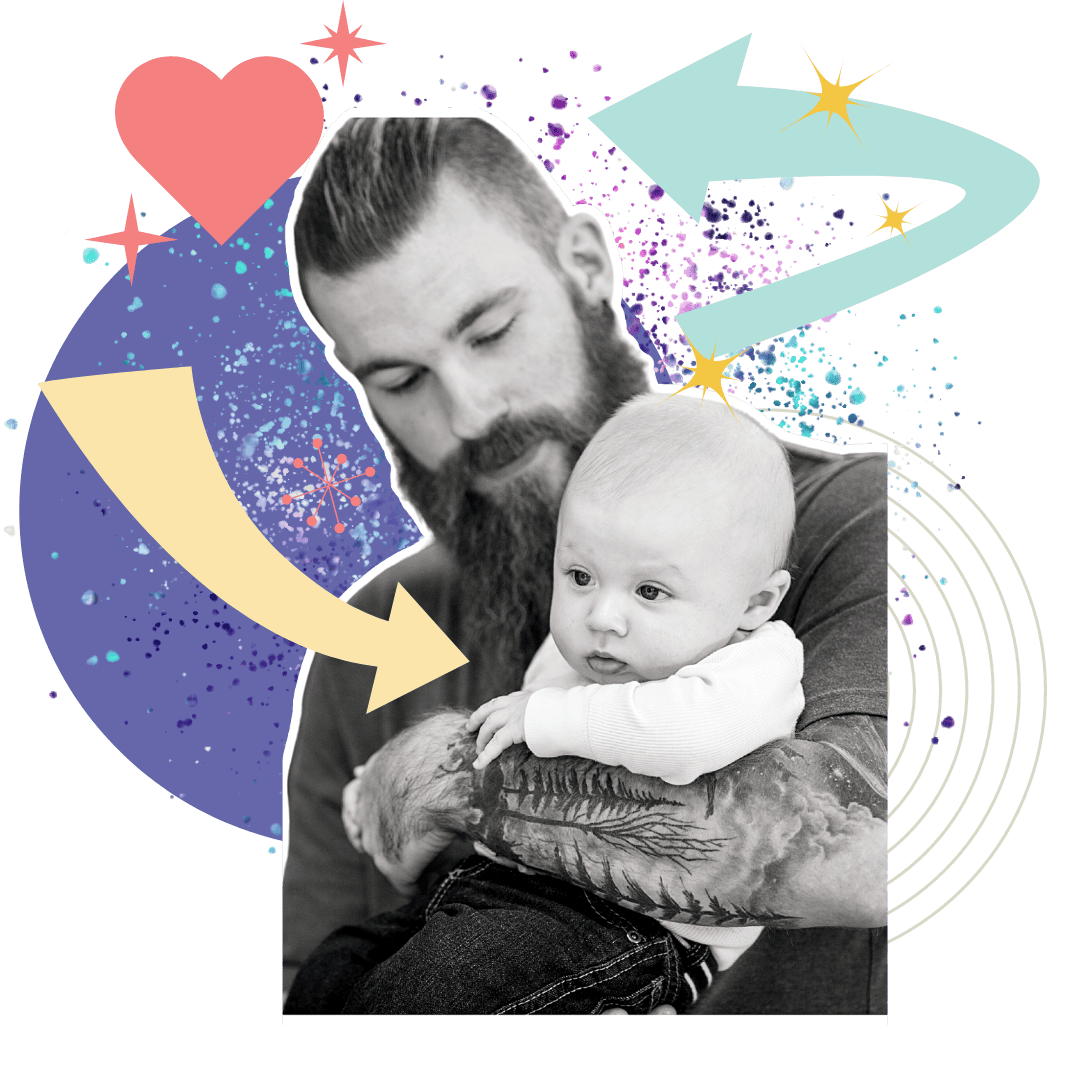Infant massage, an age-old practice rooted in various cultures around the globe, offers numerous benefits for both the parent and the baby. It is an incredibly rewarding activity, from aiding digestion and sleep to promoting bonding and easing teething discomfort. However, to ensure a beneficial and soothing experience for your little one, the timing is crucial. But when is the best time to massage a baby?
To answer this, we need to delve into infant behavioral states, understand how to recognize engagement and disengagement cues, and appreciate the importance of ‘asking permission.’
Infant Behavioral States
Pediatricians have identified six primary infant behavioral states: quiet alert, active alert, crying, drowsy, active sleep, and quiet sleep. Understanding these states can provide insightful guidance on when to perform infant massage.
Quiet Alert:
In this state, the baby is calm, eyes wide open, and receptive to stimuli. It is often considered the best time for massage as the infant is most likely to engage and benefit from the interaction.
Active Alert:
Babies are more responsive during the active alert state but might be too stimulated for a massage.
Crying:
Crying is a sign of distress. While massage can be soothing, this is not the best time as the baby is upset or needs something else.
Drowsy:
The drowsy state can be a possible time for a gentle nurturing touch, especially if the goal is to help the baby fall asleep.
Active Sleep:
In this phase, infants twitch, smile, or grimace during their sleep. Disturbing them for a massage isn’t advisable.
Quiet Sleep:
During quiet sleep, babies are deeply asleep, and thus, it’s not an appropriate time for massage. We have never heard of a parent who thinks it is a great idea to wake a sleeping baby.
Engagement and Disengagement Cues
Understanding a baby’s non-verbal communication or “cues” is crucial to ensuring the massage experience is enjoyable and beneficial.
Engagement cues include making eye contact, cooing, relaxed body movements, and a focused gaze. These indicate that the baby is happy, comfortable, and ready to interact. If your baby exhibits these behaviors during a quiet alert or drowsy state, it might be an excellent time for a massage.
On the other hand, disengagement cues like crying, fussing, turning away, yawning, hiccups, or arching the back suggest that your baby may not be in the mood for a massage. Always respect these signs and try again later.
Asking Permission
Although infants cannot verbally communicate their consent in words we easily understand, the practice of ‘asking permission’ encourages respect for the baby’s body autonomy. This can be done by narrating your intentions, “Can I give you a massage now?”, then waiting for positive engagement cues. Over time, your baby will understand this signal and respond accordingly. It’s a respectful practice that also helps the baby anticipate the soothing experience of a massage, reducing potential discomfort or anxiety.
So, when is the best time to massage a baby?
The ideal time varies for each baby, depending on their behavior, needs, and preferences. Generally, however, babies are most receptive during their quiet alert state, usually occurring after a nap or, in some cases, after a diaper change. Please look for positive engagement cues indicating they are comfortable and ready to interact. Evening massages can be part of a calming bedtime routine, helping your baby wind down for the night.
Always ‘ask permission,’ providing your infant with a safe and respectful environment. This reinforces the baby’s body autonomy and helps build trust, laying the groundwork for healthy relationships and personal boundaries later in life.
Regularly practicing baby massage while paying close attention to your baby’s unique cues can make this activity a special bonding time. It’s about the right timing and the loving interaction that enhances your baby’s physical and emotional well-being while strengthening your bond.
Infant massage is a simple yet potent tool, rewarding both the giver and the receiver with shared moments of love, communication, and healthy well-being. However, always consult your pediatrician before starting a massage routine for your baby to ensure it’s safe and suitable for them.

